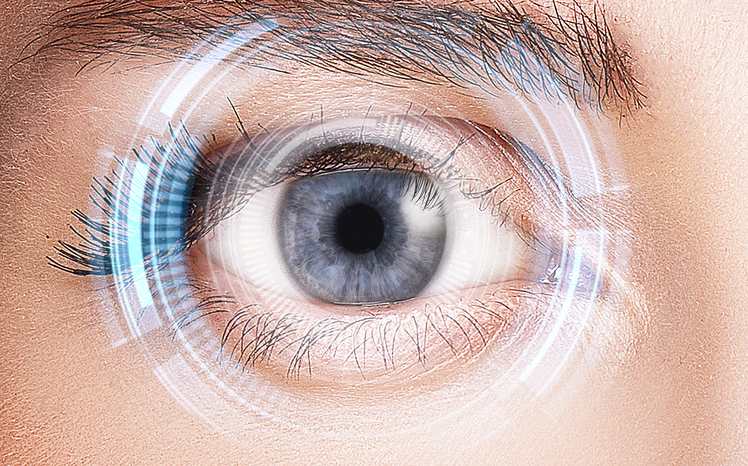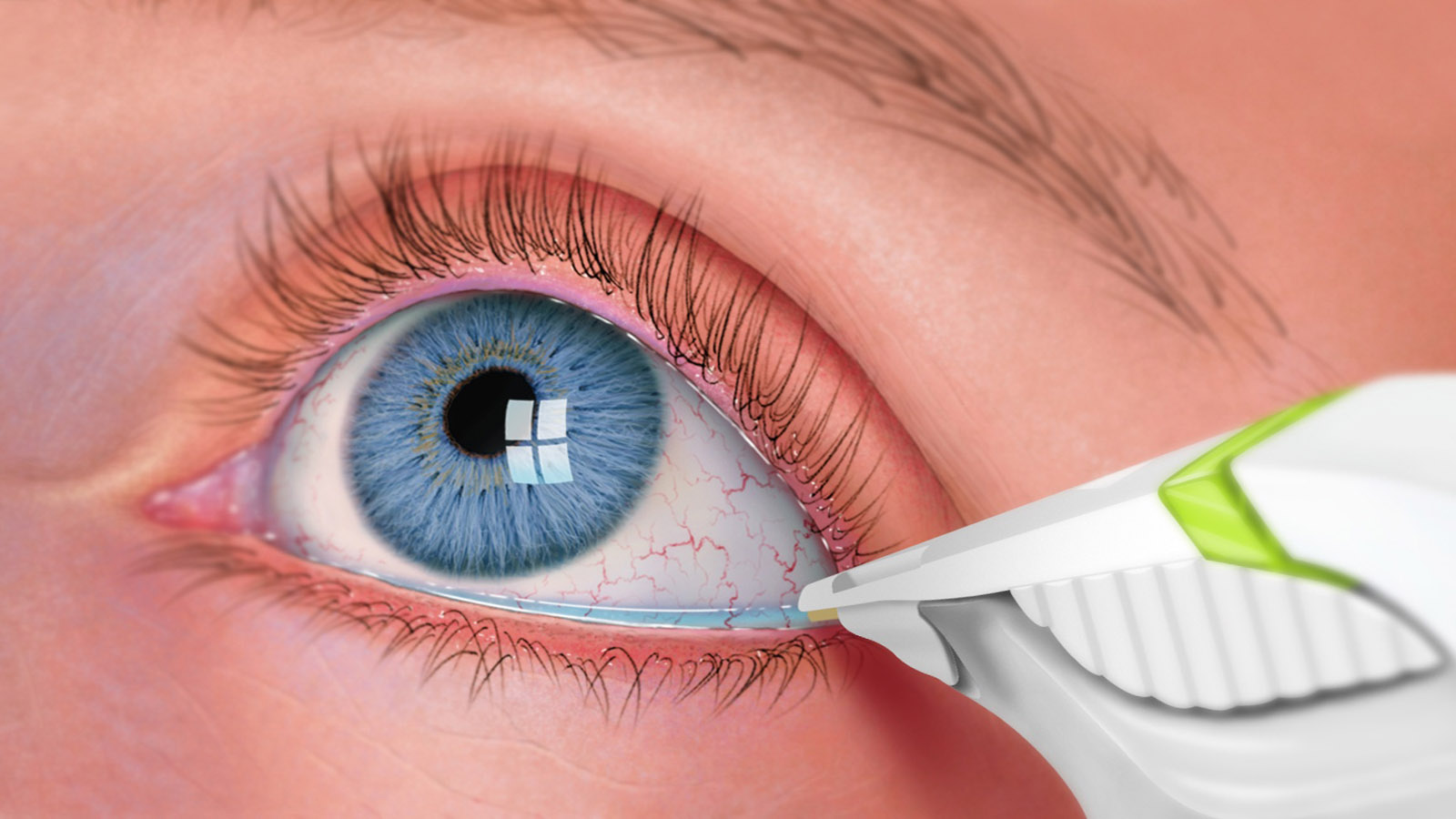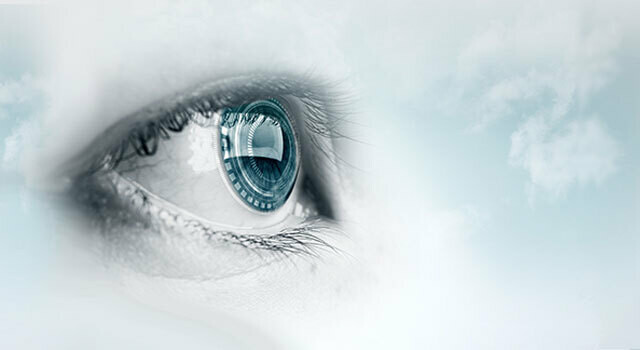Specialist Glaucoma Service Near Me: Specialized Care at Our Clinic
Wiki Article
Discovering the State-of-the-Art Technologies Made Use Of for Treating and diagnosing Eye Conditions
In the realm of ophthalmology, the advancement of innovation has dramatically improved the devices offered for identifying and treating various eye conditions. From advanced imaging technologies that offer in-depth insights into ocular frameworks to robotic-assisted medical treatments that offer unmatched accuracy, the landscape of eye treatment is constantly developing. With the assimilation of fabricated knowledge in diagnostics, genetics therapy innovations, and online reality recovery, the opportunities for improving person end results are increasing at a fast pace. The convergence of these innovative technologies holds the promise of reinventing the field of ophthalmology, offering new opportunities for individualized and reliable therapies.
Advanced Imaging Technologies
Advanced Imaging Technologies have actually transformed the field of ophthalmology by providing comprehensive and precise visualization of the eye frameworks. Optical Comprehensibility Tomography (OCT) stands apart as a vital modern technology in this world. OCT utilizes light waves to capture high-resolution cross-sectional pictures of the retina, allowing for the identification of minute architectural changes. This non-invasive technique help in the very early detection and tracking of various eye conditions such as macular degeneration, diabetic retinopathy, and glaucoma.Additionally, Fundus Photography is one more crucial device in ocular imaging. This strategy entails recording detailed pictures of the rear of the eye, consisting of the retina and optic disc. Fundus Digital photography aids in recording the progression of eye conditions, examining treatment efficacy, and enlightening patients regarding their eye health.

Robotic-Assisted Surgical Treatments
Robotic-assisted procedures have considerably advanced the capacities of ocular surgical procedure, introducing a new age of accuracy and efficiency in treating various eye conditions. By incorporating robot modern technology right into surgical procedures, ophthalmologists can accomplish unmatched accuracy and control, bring about boosted client end results.One of the main advantages of robotic-assisted surgery in ophthalmology is the boosted dexterity and security it supplies to cosmetic surgeons. The robot arms can execute accurate motions with a high degree of precision, enabling delicate treatments with minimal invasiveness. This level of accuracy is specifically advantageous in surgical treatments involving the retina, where even small errors can have considerable ramifications for a person's vision.
Additionally, robotic-assisted surgical systems give real-time imaging and responses to the cosmetic surgeon, allowing them to make educated decisions during the treatment. This modern technology improves the specialist's situational understanding and permits adjustments to be made without delay, making certain ideal outcomes for the client.
Expert System in Diagnostics
With the development of innovative innovations boosting medical precision in sensory procedures, the integration of Artificial Intelligence in diagnostics has arised as a critical development check these guys out transforming the field of eye treatment. Fabricated Knowledge (AI) algorithms are being significantly made use of to assess complex data from imaging modern technologies like optical coherence tomography (OCT) and fundus photography to aid in the early discovery and exact diagnosis of various eye problems. These AI systems can efficiently determine patterns and anomalies in pictures that may not be discernible to the human eye, making it possible for quicker diagnosis and therapy preparation.AI algorithms can additionally anticipate illness progression, suggest personalized treatment plans, and evaluate the effectiveness of interventions. By improving the analysis process, AI not only enhances the efficiency of eye treatment professionals yet additionally boosts patient results by allowing timely interventions. As AI remains to advance, its duty in diagnostics is expected to increase, supplying brand-new possibilities for very early intervention and personalized treatment in the field of ophthalmology.
Genetics Therapy Technologies
In the world of sensory advancements, current strides in genetics therapy technologies have stimulated considerable rate of interest amongst scientists and medical care professionals alike. Gene treatment holds immense assurance in reinventing the treatment of numerous eye problems by targeting the underlying genetic reasons. By introducing genetic product right into cells to make up for unusual genetics or to give a missing genetics, gene treatment provides a tailored approach to his response resolving inherited eye disorders such as retinitis pigmentosa, Leber hereditary amaurosis, and others that were previously considered untreatable.
As research in gene therapy continues to breakthrough, the possibility for customized therapies for a wider variety of eye conditions expands, offering brand-new expect people with hereditary eye illness.
Digital Fact Recovery
Virtual fact rehabilitation has become an advanced strategy in boosting the recuperation and rehabilitation procedures for individuals with different visual impairments. glaucoma service near me. By imitating real-world settings with immersive innovation, virtual fact uses a special platform for vision therapy and rehab. This cutting-edge approach makes it possible for individuals to involve in interactive exercises and activities made to boost visual acuity, depth understanding, eye coordination, and total visual performanceOne key advantage of digital fact rehabilitation is its capacity to tailor treatment programs based upon the details needs and capabilities of each person. With real-time comments and surveillance, health care experts can track development, readjust interventions, and offer personalized like maximize end results. In addition, digital reality technology can create a risk-free read this post here and regulated space for people to practice aesthetic jobs, get rid of difficulties, and construct self-confidence in an online setup prior to transitioning to real-world circumstances.
Conclusion
Finally, the innovations in imaging modern technologies, robotic-assisted surgical treatments, expert system diagnostics, gene therapy innovations, and online fact rehabilitation have considerably improved the diagnosis and treatment of eye problems. glaucoma service near me. These advanced modern technologies have transformed the field of ophthalmology, permitting more effective and precise procedures. As modern technology remains to evolve, the future of eye treatment looks encouraging with the possibility for much more innovative services to improve patient resultsIn the world of ophthalmology, the advancement of modern technology has actually significantly improved the devices readily available for diagnosing and dealing with various eye conditions. Fundus Photography helps in documenting the progression of eye conditions, examining therapy effectiveness, and educating individuals regarding their eye wellness.
Artificial Intelligence (AI) algorithms are being progressively utilized to assess complicated data from imaging technologies like optical coherence tomography (OCT) and fundus photography to assist in the early detection and exact medical diagnosis of various eye problems.In verdict, the innovations in imaging modern technologies, robotic-assisted surgical procedures, synthetic intelligence diagnostics, gene treatment innovations, and digital fact recovery have significantly boosted the medical diagnosis and treatment of eye conditions. As modern technology proceeds to develop, the future of eye care looks encouraging with the possibility for also more cutting-edge services to boost individual outcomes.
Report this wiki page